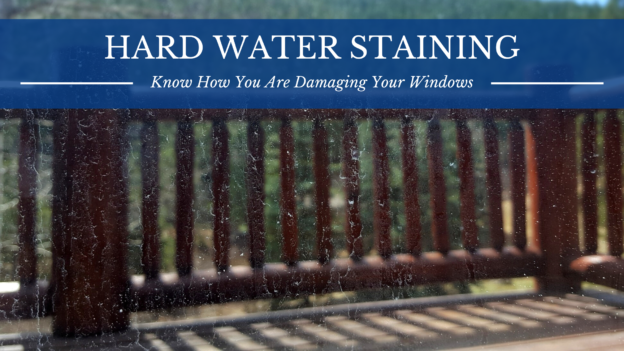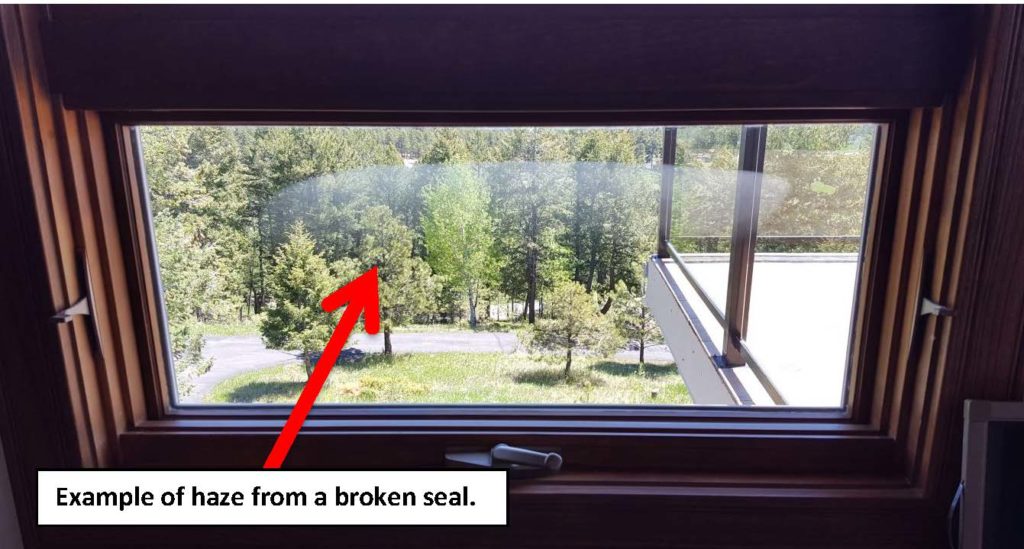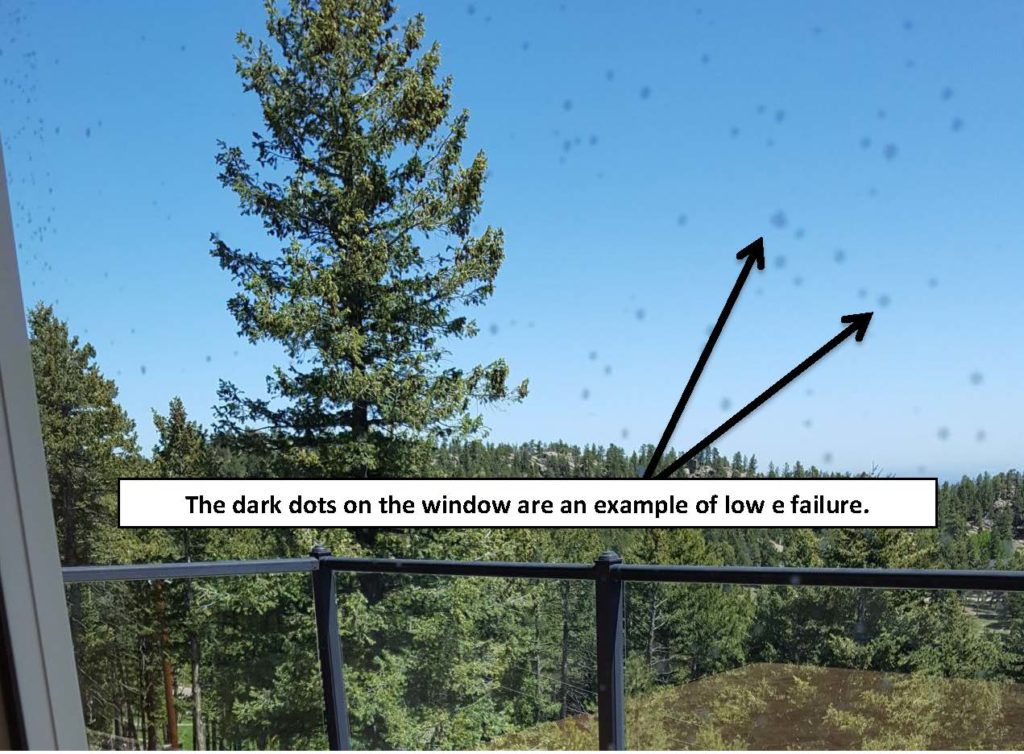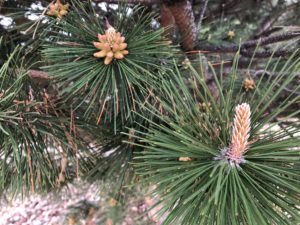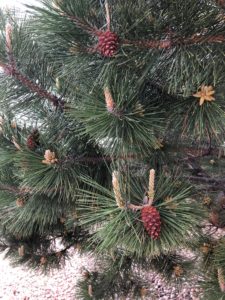After getting so much rain this spring, and it continuing to be in the forecast, many of you may be wondering if rain really messes up your clean windows. The short answer is, rain does not mess up your windows, dirt does.
Rain that hits an already dirty window does indeed make the window look worse than before, but that is because the rain is sticking to the dirt, pollen and debris that is already there. Other ways your windows will get dirty is the rain picking up dirt from your roof, gutters, trees, siding, or even the window frames that hold dirt in the crevices, and washing down onto your windows or just splashing on the ground and back onto low basement windows, will result in dirty windows. Mowing grass or landscaping and construction projects create dust and dirt that clings to windows, making them dirty.
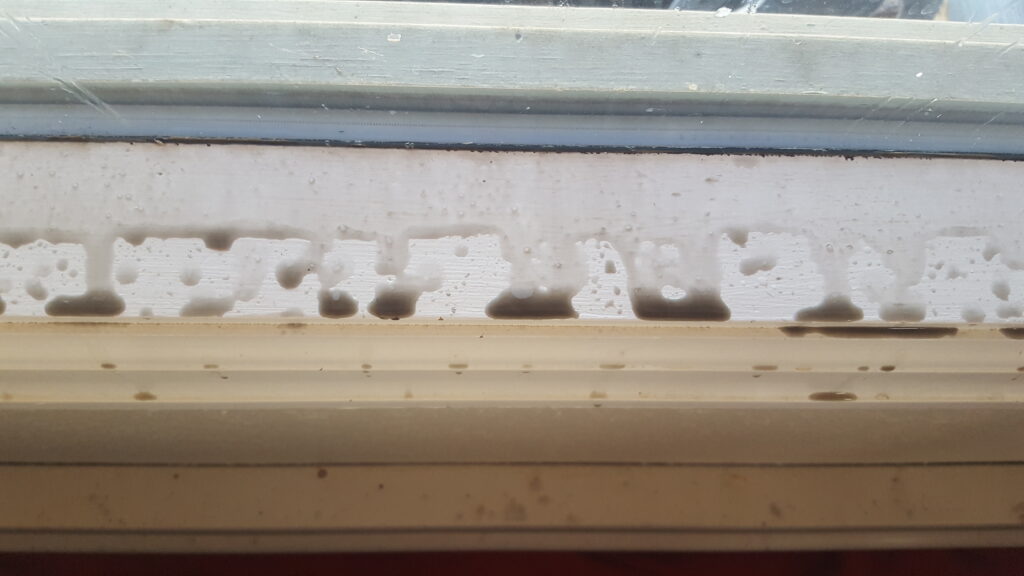
When the window is clean, the rain has nothing to cling to and just rolls down the glass, leaving it just as before, clean. Rainwater is much purer than our hard mountain water which, if left on the glass too long will leave hard water stains. Groundwater contains minerals and particles that are not usually found in rainwater. If groundwater is left to dry on the glass, the result is white spots or streaks that over time, start to build up if not removed. Just think of how your shower glass looks if water is left to dry on it.
Rain rinses off dust, dirt, and pollen off of exterior surfaces. If your windows are clean, it helps keep dirt and pollen from accumulating on the glass. If there is no dirt on the window, there is nothing to create a spot when it rains.
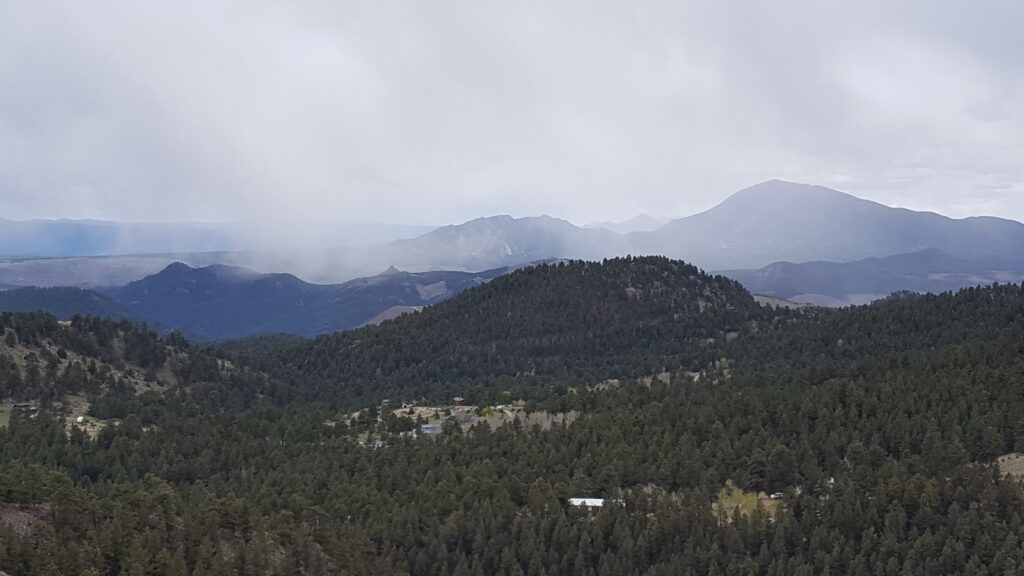
Rain also helps keep the particles and dust in the air down resulting in cleaner air. If the air is clean, less will accumulate on your windows, keeping them cleaner longer.
In general, clean windows and rain just results in cleaner windows. Deciding to skip window cleanings due to the weather, can lead to damage due to buildup of debris if not removed regularly. So don’t wait to schedule your regular maintenance window cleaning due to the rain.
